This post explains stages of healing after narcissistic abuse.
Who Is The Narcissist?
According to the DSM-5 Diagnostic and Statistical Manual of Mental Disorders, narcissistic personality disorder is “A pervasive pattern of grandiosity (in fantasy or behavior), need for admiration, and lack of empathy, beginning by early adulthood and present in a variety of contexts, as indicated by five (or more) of the following:
1. Has a grandiose sense of self-importance (e.g., exaggerates achievements and talents, expects to be recognized as superior without commensurate achievements).
2. Is preoccupied with fantasies of unlimited success, power, brilliance, beauty, or ideal love.
3. Believes that he or she is “special” and unique and can only be understood by, or should associate with, other special or high-status people (or institutions).
4. Requires excessive admiration.
5. Has a sense of entitlement (i.e., unreasonable expectations of especially favorable treatment or automatic compliance with his or her expectations).
6. Is interpersonally exploitative (i.e., takes advantage of others to achieve his or her own ends).
7. Lacks empathy: is unwilling to recognize or identify with the feelings and needs of others.
8. Is often envious of others or believes that others are envious of him or her.
9. Shows arrogant, haughty behaviors or attitudes.”
However, many people would display narcissistic traits without meeting diagnostic criteria for Narcissistic Personality Disorder (NPD).
Healing After Narcissistic Abuse
Being the victim of a narcissist can be draining and painful.
Many of those who came out of narcissistic relationships claim that it feels like being stuck in a vicious cycle where the abuser manipulates you to please them and then conceals the toxicity by blaming you for everything that goes wrong.
So the decision to leave the narcissist and move on is something to be proud of.
So, how to heal and date after narcissistic abuse?
Pro tip: The mechanisms narcissists put in place to control you and manipulate you might still be in operation, making it difficult to recognize the abuse and heal.
Consider using the help of a mental health professional to support you through your healing journey.
8 Stages Of Healing After Narcissistic Abuse
Coming out of a relationship with a narcissist can leave you confused and devastated.
Narcissists work really hard on shattering your confidence and self-esteem, and making you feel at fault and responsible. (*)
Having been abused emotionally and verbally, and maybe even physically, no wonder grieving and healing can take a long time.
Stage 1. Separation From The Narcissist
#1. Understand Their Source of Rage
It doesn’t matter if it was the narcissist leaving, they will be angry and even enraged because their delusion of how things were supposed to be hasn’t worked out and it’s your fault because you didn’t follow their script. (*)
Why is the narcissist so angry at you?
Being faced with failure, the narcissist feels shame, which is one of the worst feelings that narcissists experience.
They feel afraid and out of control, so they need to be the persecutor to keep from feeling like the victim and to keep from emotionally collapsing.
Related: 13 Symptoms and Behaviors of Narcissism You Should Look For
#2. Don’t Rescue Them
Having spent a great deal of time in the role of rescuer with the narcissist, it’s hard for you to quit rescuing them. But doing so is definitely against your best interests.
In fact, now that the narcissist sees you as the enemy, any comforting and pacifying skills you used before, might be interpreted by the narcissist as you trying to control and take advantage of them.
Your rescuing behavior can also be a signal to the narcissist that you are still willing to give in to his wants.
Stage 2. Protecting Yourself
#3. If You Have Shared Assets, Get A Legal Help
When your relationship is about to end, make a plan to help you leave this relationship safely. Get a lawyer or legal assistance to help you have control of your assets and get a way to support yourself ahead of time.
#4. Protect Yourself From Their Rage
Don’t let the narcissist’s rage, blame, and menacing and intimidating comments and predictions about your future make you feel threatened and anxious.
Recognize that these are his ways to lower your self-esteem and get you to easily give in to what he wants.
Protect yourself both physically and psychologically as soon as possible:
- Change the locks on the doors,
- Open a separate bank account,
- Remove your name from your joint credit cards,
- Stop asking them for help,
- Don’t respond to their hostile e-mails or texts,
If you feel intense feelings of anxiety, try calming yourself down by breathing deeply and reaching out to your loved ones or a mental health counselor.
#5. No Contact Rule
The best way to protect yourself from the narcissist rage is to go no contact.
- Quit responding and interacting with the narcissist,
- In case of a divorce, do all communicating through a lawyer,
- Disengage emotionally by unfollowing/unfriending or even blocking them from social media,
- Ignore e-mails or texts from the narcissist to talk things over, find closure, or give them explanations,
- If you have to meet face-to-face, use a public place to avoid either of you triggering old feelings.
Any interactions you need to have with the narcissist should be businesslike, meaning emotional responses should be relegated to the background, and only the specific issue at hand should be discussed.
This also includes no name-calling, rude remarks, hostile body language, crying, begging, or sharing your inmate feelings.

Stage 3. Self-Care and Support
#6. Take Care of Yourself
If you’re not used to putting yourself first and take care of your physical and mental health, then this is the best time to start doing so.
Make sure you get enough exercise, healthy food, sleep quality, and “me” time.
Actively taking care of yourself improves your self-esteem, keeps you from shutting down emotionally or dropping into depression, and makes mentally stronger to handle challenges.
- Keep a journal of your thoughts and feelings to help reduce confusion and figure out what you want to next,
- Get a massage, sit in a hot tub, or do whatever makes you relax,
Remind yourself that self-care isn’t selfish, it is good sense.
Related Take Care of Yourself: (26 Simple Self-Care Practices for a Healthy Mind, Body & Soul)
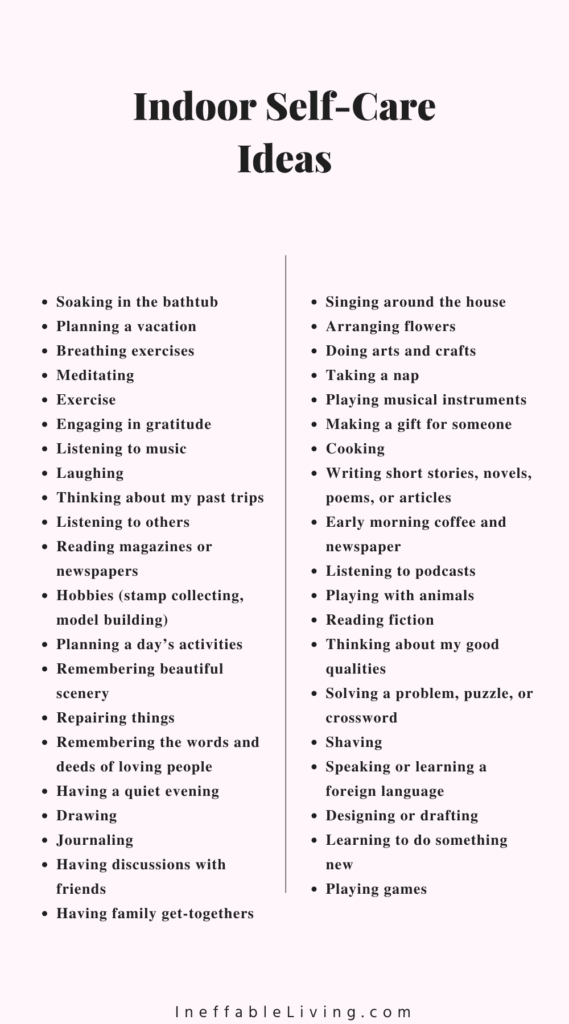
#7. Find Support
Dealing with this kind of situations alone can be very painful. It’s important to reach out for help and support.
You don’t just need talk about it, you will need validation that you’re not crazy the way the narcissist made you feel:
- Seek a therapist with extensive knowledge about narcissism,
- Reach out to nonjudgmental, non-advice-giving friends,
- Read books on narcissism and healing from a narcissistic relationship,
- Join a support group.
#8. Don’t Hide—Let Others Know What You’re Going Through
The narcissist might have worked hard to make you en feel ashamed, humiliated, and responsible for the end of the relationship.
This shame might push you to hide and not tell anyone what is happening.
Recognize that the narcissist wants you to feel this shame and hide and start sharing what is going on in your life with a family member or a close friend you trust – you need their support.
This doesn’t mean that you need to share every anecdote or portray the narcissist negatively or start labeling and name-calling.
With your nearest you can be more open about your experiences and feelings.
With more casual friends it’s okay to share how you are doing in general terms, such as “I’m having a tough day today,” or, “I’m feeling anxious today.”
With acquaintances you might say “William and I are separating. It hasn’t been working out for a while.”
Related: How To Let Go Of Shame After Trauma?
Stage 4. Finding Closure
#9. Change Your Perspective
One of the ways to help you get closure and let go of the relationship is to come to terms with accepting that the person you loved is “emotionally disabled,” and that their emotional disability is not going away no matter how many promises they will make to change or when their False Self is in place and they appear normal, relaxed, and even charming.
#10. Let Go of Winning and Losing
The narcissist is all about control and looking better than you. You might have engaged with them in this competition before.
The only way out of that rivalry is to step away and let go of trying to control outcomes – you can’t lose if you’re not in the game.
The narcissist can be very determined to keep you in the game. He might send you photos to show you how happy he is in his new relationship or spend extra money on a new car to show you how well he’s doing.
Remind yourself that they’re using these things to make you feel like a loser and let go of comparing yourself in any way to the narcissist.
Instead work on creating the life that you want for yourself.
Related: How To Cure Your Jealousy? (5 Ways To Stop Resenting Other People’s Success)
Stage 5. Grieving The Relationship
In our hurry-up-and-get-over-it culture, most people assume that grief should only last a couple of months and be over.
However, the end of the relationship with a narcissist involves mourning many losses, which requires more time than you might expect.
You haven’t just lost a spouse/lover/partner, you’ve also lost the dream of what you believed your life would be like with that person.
Your self-esteem and confidence have been damaged as a result of the abuse of the narcissist.
You might have lost property, money, and friendships.
Elizabeth Kubler-Ross says that there are stages for grief: denial, anger, bargaining, depression, and acceptance.
Owning your grief allows you to be aware and heal your heartbreak.
Related: Recovering From Grief: How to Get Back to Life After Loss
#11. Dealing With Denial
1. Acknowledge the Harm That Was Done
Admit to yourself and others the full extent of the damage you’ve suffered in your relationship with the narcissist.
Explore your own pain, by counting up all that you have lost (your goals, dreams, self-esteem, confidence, friendships, money, time, etc.)
Acknowledge that the narcissist isn’t going to change, no matter how many promises they make to get help or to change.
Don’t feel embarrassed to admit that you have been abused and abandoned.
But also affirm to yourself that you’re not to blame for the way the narcissist treated you – you did not make the narcissist treat you badly. The narcissist chose to blame you and treat you that way to avoid feeling bad himself.
Related: 10 Steps to Heal Your Broken Heart and Move On From a Relationship
2. Experience the Feelings
Denial of your feelings is what kept you from being aware of the reality of your abusive situation and kept you in the relationship longer than was healthy for you.
Acknowledge your own feelings of hurt, pain, frustration, and whatever else comes up for you. Write about it and talk about it with someone you trust.
If you can’t think of a supportive friend who’s going to listen, try 7cups of tea. It is an online service with thousands of volunteer listeners stepping up to lend a friendly ear.
Related: The Complete Guide to Understanding Your Emotions
#12. Opening To Anger
It’s normal for you to feel angry – it’s a natural response to being harmed and controlled. Allowing yourself to feel this anger is extremely important for the healing process.
Anger is what’s going to push you to action to protect and take care of yourself.
Related: How To Manage Your Anger In Healthy, Effective Ways?
#13. Letting Go of Bargaining and Delaying
Becoming aware of how you have been victimized and bringing your anger and hurt to the surface can help you let go of bargaining.
However, be aware not to avoid these feelings and start fantasizing about going back to how things were.
Acknowledge that it’s wasn’t all bad, and that it’s okay to miss the enjoyable, maybe even wonderful times. But also evaluate and look back from a new perspective – a more aware perspective.
#14. Dealing With Depression
1. Take Time to Grieve
You can’t force yourself to get through your grief quicker. So use your grieving time to take care of yourself and self-reflect.
Examine your concerns, feelings, and losses. Write about them, or talk about them with someone you trust.
Use the following questions to help you reflect:
- What specifically are my losses? What emotional/physical/financial costs am I feeling as this relationship ends?
- What are the feelings I’m having about these losses? What can I do about these?
- What makes this difficult for me? How can I make it easier on myself?
- What do I need to learn about myself in order to feel better?
- What changes do I now have to face? What strengths do I have to deal with these changes?
2. Dealing With Despair
Despair can be an incredibly disturbing experience. But it can also be a healing experience. It solidifies that the past is being left behind and lead you to final acceptance.
Related: Dealing With a Breakup: How to Heal Properly and Love Yourself Again?
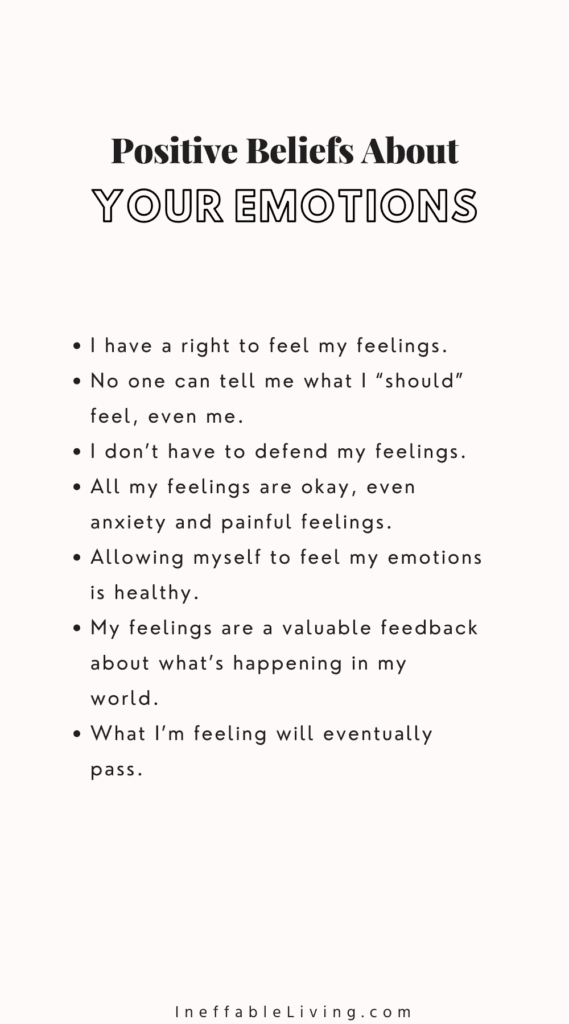
#15. Acceptance
1. Being Present
Being present can be a very hard task when you’re still angry and depressed. Present can also seem too scary to face.
But eventually, you’ll have to face the present, get back on your feet, and create a new life plan.
Being present helps you gain more clarity, evaluate your choices more effectively, and adjust to what you’re feeling more easily.
2. Accepting What Is
Accepting means that you can see clearly that there is no going back to what was, that the narcissist isn’t going to change, and that things won’t be the same.
Acceptance gives you the insight to move forward. It also brings a sense of freedom and relief.
Related: Overcome Suffering In Your Own Way: 4 Keys To Relieve Suffering
Stage 6. Healing The Narcissistic Abuse
#16. Tune In to Yourself
This can be a good me to look inside, figure out who you are and reevaluate your life.
What parts of yourself, goals or dreams have you given up to please and accommodate the narcissist?
What negative beliefs about yourself have you incorporated from his abuse?
Reconnect with yourself and embrace who you are, what you love, and the feelings and experiences that bring you joy.
Related: Get In Touch With Your Deepest Desires: 4 Powerful Ways to Raise your Awareness
#17. Dealing with negative thoughts
Using your journal, work on replacing negative inner voices in your mind with more nurturing voices to help build up a more positive picture of yourself.
Step 1: Commit to making journal entries for two weeks for ten to fifteen minutes every day, ideally at a regular time.
Step 2: Start by writing about what you are thinking and feeling at the time – express your concerns, wishes, feelings, thoughts and reflections.
Step 3: After a week, look back at your journal and try to identify any negative patterns of negative statements. Can you associate the critical voice with any voices from your past or present? When do you think you might first have heard that kind of statement? Who might have made it and in what setting?
Step 4: Commit to mindfully challenging and replacing the negative voices when you write in your journal next week.
* If you have identified the negative voice as being that of someone you know, ask yourself what reasons they may have prompting them to speak like that. Look for evidence that suggests that the negative voice is inaccurate or too extreme.
* Imagining what you would say to a best friend who is in the same situation.
* Remembering someone from you past or present who is supportive to you, and imagine them responding to your negative statements.
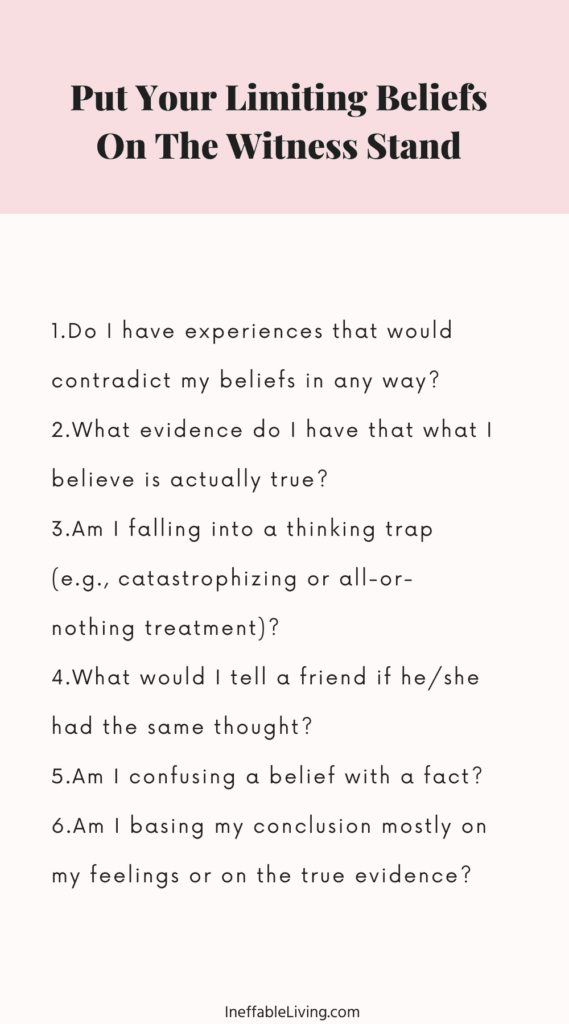
#18. Affirm Yourself
Positive affirmations help you build a sense of positive personal identity that is unique to you. They can help you replace your negative thoughts about yourself and raise your self-esteem.
Exercise: Create a list of positive affirmations personal to you. Keep it where you can see it regularly and read it to yourself through the day.
For affirmations to work, follow the subsequent rules:
Use positive expressions: Saying “I am not a failure” is perceived by your unconscious as “I am a failure” because it fails to assimilate negative concepts. Instead, say “I am a successful person.”
Use expressions in the present: It’s better to use phrases like “I am a successful person” instead of “I am going to be a successful person.”
Visualize the pictures associated with these statements: This will help increase the effectiveness of the statements.
Feel the corresponding emotions: It makes no sense to tell yourself something like “I’m a self-confident person” if you think otherwise in your mind. In a way, you’ll only send mixed signals to your subconscious mind.
Repeat, repeat, and repeat: Tow times a day if possible.
Following is a list of statements of a positive inner dialogue:
- I accept myself because I realize that there is more to me than my current skill levels and shortcomings.
- I examine criticism for ways to improve, without questioning my worth as a human being.
- I notice and enjoy each achievement or progress, no matter how insignificant it may seem to me or to others.
- I expect others to like and respect me.
- I can laugh at some of the ridiculous things I do every now and then.
- I enjoy making others feel happier and glad for time that we share.
Stage 7. Rebuilding Your Life
#19. Embrace Your Emotional Growth
We humans tend to resist change, especially if it comes suddenly and not of our own choosing.
However, with change come better experiences.
Get out your journal and reflect on the changes you noticed since the separation and what other changes you need to do to improve your life.
Notice how you feel about these changes (fear, excitement, dread, curiosity).
#20. Reach Out to New Opportunities
Every crisis comes with new opportunities.
The end of your relationship with the narcissist can bring new options, new people, and new possibilities that help you grow, advance, and open up to more of who you are and what you want in your life.
Related: Everything You Need to Know About Finding The Right Guy For You
Stage 8. Letting Go
#21. Should You Forgive a Narcissistic Abuser?
Forgiveness isn’t about excusing the abuser.
To excuse the narcissist is to give in or let them off the hook, and that will only set you up for more deception and abuse.
Forgiveness has nothing to do with whether or not the abuser deserves to be forgiven. Forgiveness can be given without the narcissist ever knowing they have been forgiven.
Forgiveness is about letting go of toxic feelings – anger, resentment, and fear. It is a commitment you make to yourself to heal your wounds and allow yourself to begin life with a clean slate.
Ann Landers said, “Hanging on to resentment is letting someone you despise live rent-free in your head.”
Forgiveness is also a by-product of self-love. When you truly love yourself, you’ll have no need to hold on to grudges.
There are many ways to help you forgive:
1. Write a letter in which you express your anger and pain and related thoughts.
Writing things down can be healing in itself and forgiveness do not depend on your abuser reading the letter. But if you wish to send the letter, at least wait a week or more before deciding whether or not to send or email it.
2. Use an empty chair.
Sit across from it and speak to it as if the person you wish to address is sitting in it. (Gestalt therapy, formulated by Fritz Perls 1893-1970)
3. Use forgiveness meditation.
1. Take your time to relax and clear your mind by focusing on your breath.
2. Then let yourself picture and remember the many ways you were abused by the narcissist.
3. Feel the sorrow you have carried from this past and sense that your heart is ready to release this burden of pain by extending forgiveness.
4. Now say to yourself “I have been carrying this pain in my heart for too long. I am ready now to release the pain. To those who have caused me harm, I offer my forgiveness, I forgive you.”
5. Gently repeat this statement to yourself until you feel a release in your heart.
If you didn’t feel ready to let go and move on yet, be compassionate with yourself. Forgiveness cannot be forced. Simply continue the meditation and let the words and sensations gradually work in their own way.
Related: How To Forgive And Free Yourself From Resentment And Bitterness?
Why Is It So Hard to Heal After Narcissistic Abuse?
There is no such thing as a civil disengagement from a narcissistic relationship.
A narcissistic relationship has a few unique aspects that makes it particularly difficult to cope with:
1. Narcissist’s Grip (Trauma Bond)
A trauma bond is a highly addictive attachment to the people who have hurt you.
This metaphorical grip is slowly built over time.
The narcissist provides conditional love and affection that they use as a tool to get you to act the way that they want you to.
The trauma bond can also make you believe that you rely on them and that you won’t survive without them. It’s a form of emotional addiction.
Related: 7 Stages Of Trauma Bonding (+FREE Worksheets)
2. Feelings of Guilt
As a result of the trauma bond that build over time, the victim becomes a scapegoat for everything that goes wrong in the narcissist’s life, including the fallout of the relationship.
This can leave you with deep feelings of guilt and shame.
You may find yourself feeling responsible for everything that went wrong and fail to see the role the narcissist’s played in what happened.
Feelings of guilt can also make you want to go back to the narcissist, apologize, and prove to them that you can make things work.
But apologizing for something that isn’t your fault and working on a relationship alone won’t fix anything.
Related: How To Break Free From Emotional Abuse? (& Stop Attracting Abusive Partners)
3. Lack of Awareness
When you didn’t have a healthy relationship modeled for you growing up, it’s difficult to know what treatment you should or shouldn’t tolerate from a romantic partner.
Mainstream media doesn’t help either.
Books, movies, and music have taught us that true love is supposed to hurt, can change people, should be selfless, etc.
Such misconceptions can make it difficult for you to recognize the abuse in the relationship and do something about it.
Related: How To Stop Love Addiction? Top 5 Proven Steps to Overcome Love Addiction
4. Lack of Support
It’s a lot easier to cope after narcissistic abuse when you have your family and friends’ support.
But narcissists can be very charming. They hide their true selves from everyone else, which can make it difficult for people to believe your side of the story.
Narcissists also use triangulation.
This is when the narcissist spreads fake gossip and rumors about you to pull other people in your relationship dynamic, jeopardizing your reputation, relationships, and confidence.
FREE Toxic Relationship Worksheets
References
- You Probably Think this Paper’s About You: Narcissists’ Perceptions of their Personality and Reputation – PMC (nih.gov)
- Narcissism Driven by Insecurity, Not Grandiose Sense of Self, New Psychology Research Shows (nyu.edu)
- Narcissism study sheds new light on the relationship between grandiose and vulnerable subtypes (psypost.org)
- Study shows Narcissistic Personality Disorder may have a biological component – UChicago Medicine
- Study Finds Link Between Narcissism and Aggression (verywellmind.com)
- A Study of Narcissism, Affiliation, Intimacy, and Power Motives among Students in Business Administration – Lynne Carroll, 1987 (sagepub.com)
- There Are Two Types of Narcissist, And The Difference Is Crucial, Research Shows (sciencealert.com)
- Effects of Narcissistic Abuse (verywellmind.com)
- The Effect of Pathological Narcissism on Interpersonal and Affective Processes in Social Interactions – PMC (nih.gov)
- 12 Signs You Might Have Narcissistic Victim Syndrome (healthline.com)
- Narcissistic personality disorder – Symptoms and causes – Mayo Clinic
- Frontiers | The Higher the Score, the Darker the Core: The Nonlinear Association Between Grandiose and Vulnerable Narcissism | Psychology (frontiersin.org)
- (PDF) Narcissistic Personality Disorder: Impact on Relationships (researchgate.net)
- Mediation effect of narcissism on the relationship between empathy and the quality of interpersonal relationships – ScienceDirect
- Narcissism: 5 Signs to Help You Spot Narcissistic Behavior (webmd.com)
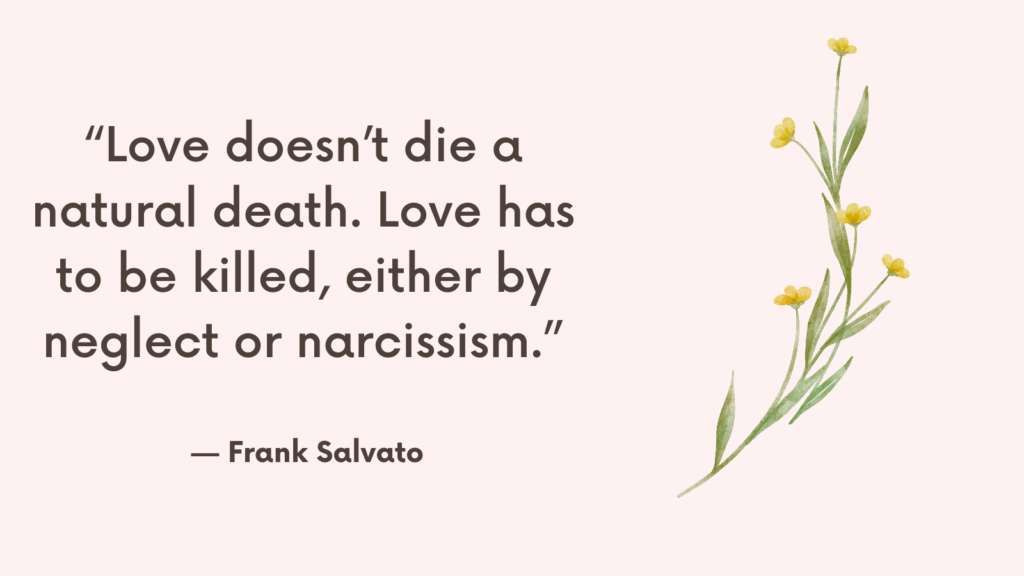



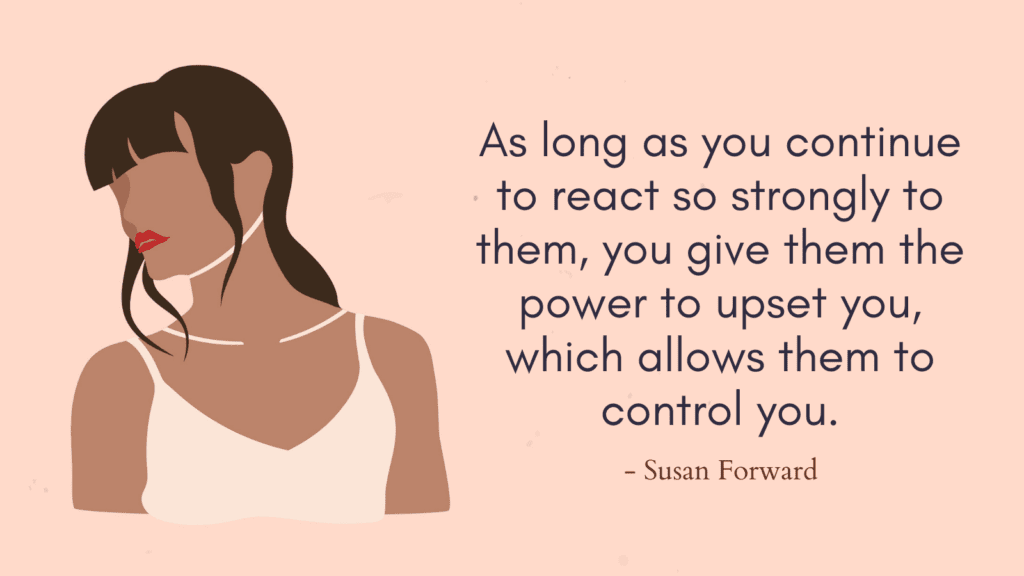
Comments are closed.